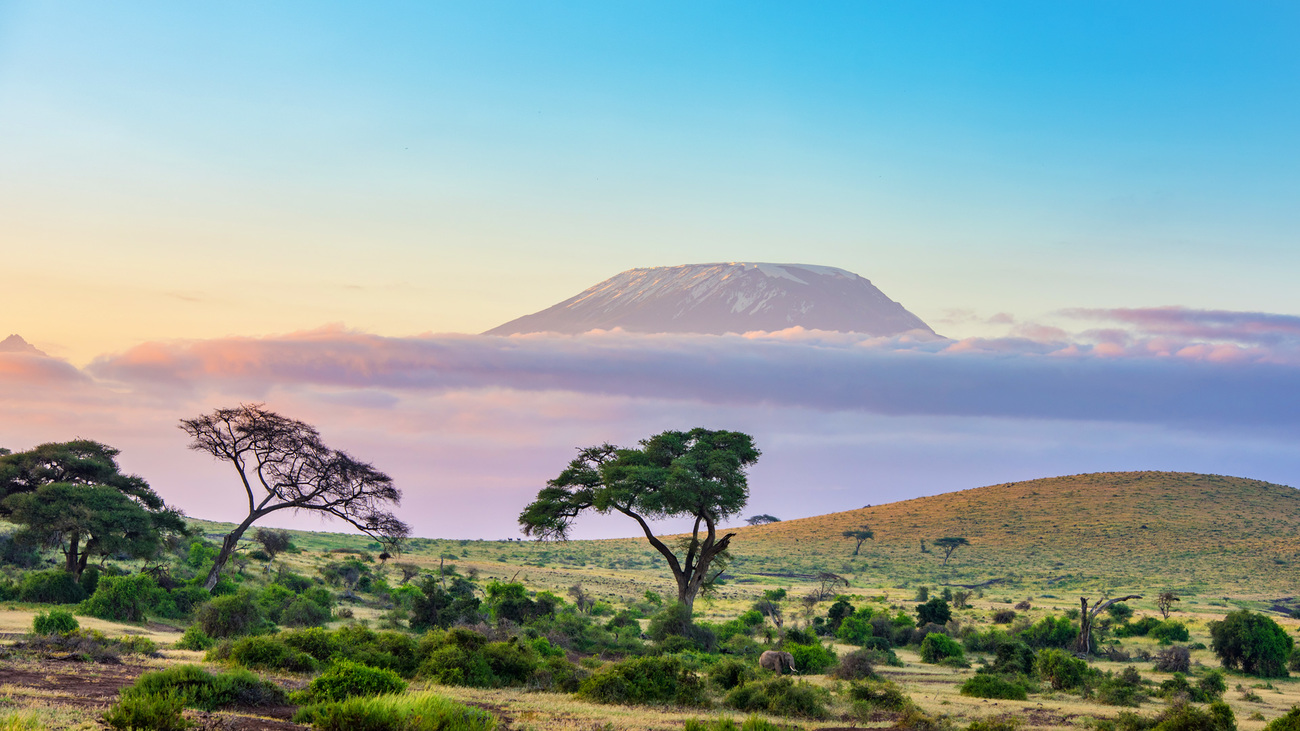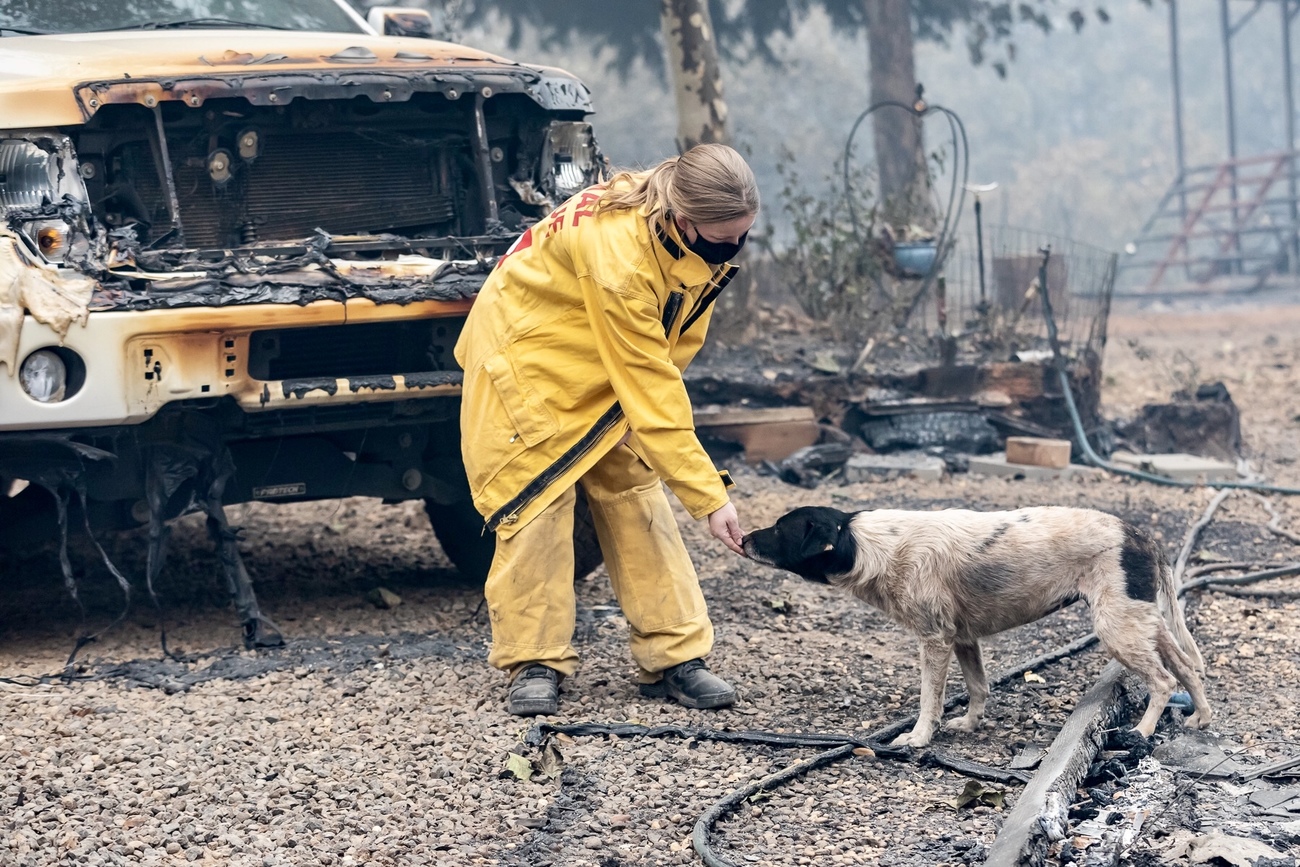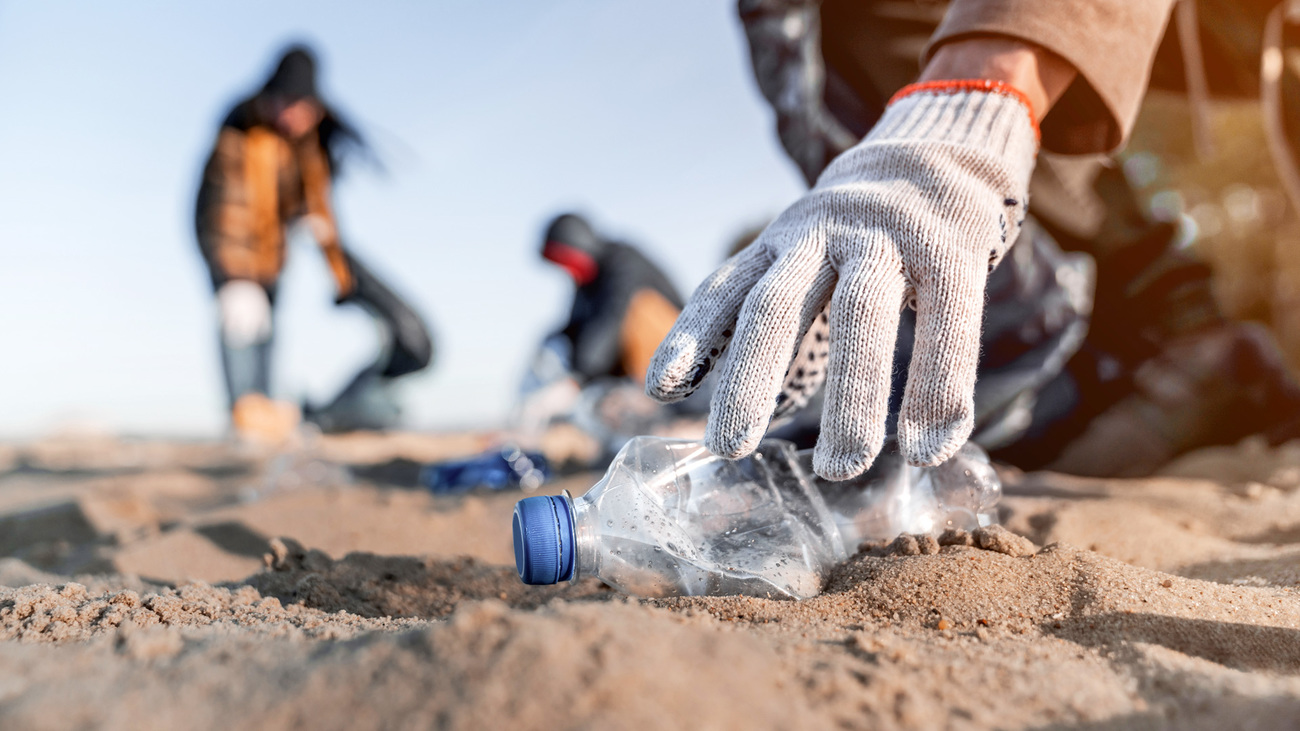Policy Conventions & Agreements - Global
Protection for wildlife & habitats is preserved in global agreementswhat is COP26 and why is it important for fighting climate change?
what is COP26 and why is it important for fighting climate change?

There’s quite a lot of buzz around climate this month, and for good reason! One of the biggest climate action conferences is almost here: the 26th United Nations Climate Change Conference of the Parties (COP26) is set to take place from October 31st to November 12th.
With so many acronyms and treaties, it can be difficult to decipher the various UN conferences and treaties. Here’s a quick breakdown to help you familiarize yourself.
What is the United Nations Framework Convention on Climate Change and how does the Conference of the Parties (COP) play a role?
In 1992, scientific leaders and diplomats from around the world met in Rio de Janeiro, Brazil for a conference that would go down in history. Coined the Earth Summit, the conference set a new framework to address environmental concerns and economic development on a global scale. One of the many outcomes of the Earth Summit was the creation of the United Nations Framework Convention on Climate Change (UNFCCC), an international treaty that aims to stabilize greenhouse gas emissions.
The Conference of the Parties, known as COP, is the decision-making group of the UNFCCC. It meets annually to discuss progress towards climate goals set by member nations. Participants include all government signatories to the treaty (196 countries and the EU), collectively known as the Parties, intergovernmental organizations, non-governmental organizations, and media.
Who will attend COP26?
This year’s COP will bring delegates from the more than 190 member governments, including many world leaders, global conservationists, and climate experts to Glasgow, Scotland for a two-week long conference discussing climate change.
Parties are the signatories of the United Nations Framework Convention on Climate Change (UNFCCC)—a treaty agreed in 1994, which has 197 Parties (196 countries and the EU). The 2021 conference, hosted by the UK and Italy in Glasgow, will be the 26th meeting of the Parties, which is why it's called COP26. United Nations climate change conferences are among the largest international meetings in the world.
What is the Paris Agreement and how does it track progress?
COP21 took place in Paris in 2015. In a momentous turn, every country agreed to work together to limit global warming to an increase of no more than 2 degrees Celsius (ideally 1.5 degrees Celsius) above pre-industrial levels. With this, the Paris Agreement was born. Since then, 197 nations have signed the Paris Agreement and agreed to uphold the treaty’s goals. The agreement runs on a five-year cycle. At the beginning of each cycle, all member countries submit their updated individualized national plan to slash greenhouse gas emission. Referred to as Nationally Determined Contributions (or NDCs), these plans help nations determine long-term strategies for reaching their goals. They’re meant to be updated and submitted to the UN every five years, the idea being that each country’s commitment would grow over time. COP26 represents the first update of NDCs since the Paris Agreement was signed, and will demonstrate how ambitious governments are being in their efforts to reduce emissions. Unfortunately, dozens of countries have failed to submit their NDCs ahead of COP26 (already one year delayed because of COVID).

Why is COP26 so important for the Paris Agreement?
This year’s COP26 is critical because it’s being considered the last chance for governments to commit to significant enough changes to slow the dire rate of climate change and keep to the 1.5 degree aim of the Paris Agreement. Globally, we need to halve greenhouse gas emissions in the next decade if we are to keep the 1.5 degree goal within reach. All eyes are on Glasgow as nations revise NDCs, submit their plans for reaching goals set by the Paris Agreement, and announce new financial pledges for clean energy to support developing nations and other climate initiatives.
What does net zero mean and how can we achieve it globally?
Net zero carbon emissions is a term that refers to a balance between the amount of carbon produced and the amount of carbon removed from the environment. To reach the Paris Agreement’s temperature goals and prevent the worst effects of climate change, climate leaders have agreed that we must reach net zero by 2050. Achieving this globally will be a difficult task. Countries need to develop new strategies like transitioning industries to low carbon production, investing in green technology, and conserving and restoring critical habitats like forests, peatlands, seagrasses, mangroves and marshes that sequester carbon.

What are the key goals for COP26 and how do they relate to IFAW’s mission?
The Paris Agreement’s overall aim is to limit the level of global warming, and COP26 is the next crucial step in asking world leaders to report on progress, collaborate on learnings, and scale up ambition for protecting this place we call home. The UK government, hosts of COP26, have branded it the "nature" COP. We’re excited by the intent behind this because nature, and all the animals and species that are part of it, are crucial allies in our efforts to limit global warming and adapt to the damaging impacts of climate change that are already being felt around the world.
We believe that all life on Earth is interconnected. Protecting wildlife, habitats and ecosystems, on land and in the ocean, is a vital component in global efforts to limit the damaging effects of climate change. Research shows that nature can deliver approximately a third of the carbon mitigation needed to reach the Paris Agreement goals. But currently, only about 3% of climate financing is directed towards natural solutions. Investing in nature conservation, both the protection of existing ecosystems and restoration of degraded systems, must be in addition to reductions in greenhouse gas emissions, not in place of them.
Natural solutions are already on the frontline of protecting people and animals from the worst effects of climate change and are the most effective long-term tool in allowing them to adapt. Such an approach is central to IFAW’s contribution to preventing and adapting to climate change; it offers fresh thinking and bold action to conserve nature in a way that can be replicated at a larger scale to tackle the climate crisis. Our work protecting animals in secure and connected habitats around the world helps ensure these natural habitats are not lost to other potentially damaging and carbon-intensive uses. This also allows animals to move in response to changing climatic conditions, while restoring degraded habitats and species populations. This increases their potential to capture and sequester carbon.
IFAW works with communities to reduce conflict between wildlife and people, creating sustainable solutions that help animals and people thrive. Where changes in weather patterns increase the risk of extreme events, IFAW works to reduce risks to animals and people, and helps communities prepare for and respond to climate-induced disasters.
How will IFAW support COP26 and future conferences?
IFAW’s experts are advancing the way we rescue, rehabilitate, and protect wildlife all around the world. Through our achievements and partnerships with other NGOs and global governments, we have established IFAW as a well-respected organization in the field of science and conservation. Granted observer status, IFAW will attend COP to discuss the roles animals and their habitats play in our effort to combat the worst effects of climate change. IFAW representatives in attendance will give recommendations to help ensure that governments, NGOs and IGOs take actions to protect vulnerable species, critical landscapes and seascapes, and communities disproportionately impacted by climate change.
Related content
Every problem has a solution, every solution needs support.
The problems we face are urgent, complicated and resistant to change. Real solutions demand creativity, hard work and involvement from people like you.